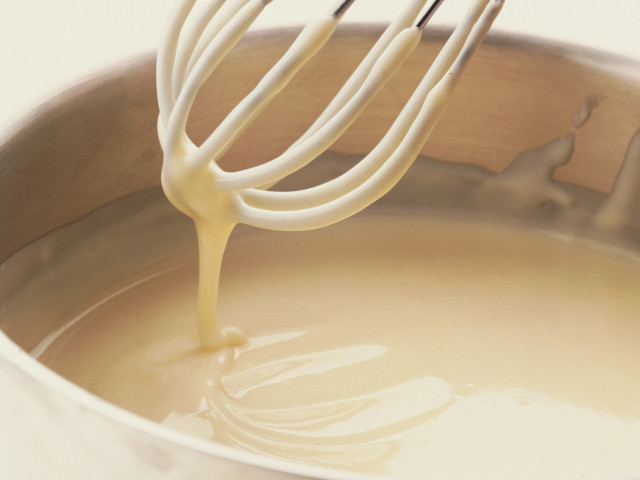
Velouté is the next in line sauce of the five mother sauces of the french cousin. It is however in a slightly different category than the other two. While the other two were prepared separate and were blending with the food on the plate, velouté is one of the sauces that can be prepared with parts of the actual dish you are preparing. It has a very creamy texture and very smooth feel, like velvet, which I think véloute stand for in French.
One other characteristic of véloute sauce is that on the contrary with the other two it just requires humble ingredients. It used to be the peasants’ sauce. The origin of the sauce is not very clear. One thing is for sure however, that it is probably the most common sauce and its variations can be traced all around the world. In France it is first mentioned in the early 1800s. The basic idea here, just like in the case of béchamel is to create the a roux, that must have thickening power and therefore it has to be blond (or lightly brown). Please have a look at the relevant sauce in the blog). The liquid in this case is a light stock or broth. And the appropriate seasoning. Yes that is all.
We start with flour and butter in equal portions. Season them with salt and pepper and when cooked in the desired stated we add the broth. Cook until thicken…
So then, what is so special about that sauce? Why it is so famous? Well versatility my friend. Versatility. See, the fat and the stock can come straight from the food itself. I will give two examples on that. The country fried stake and the turkey gravy.
After the turkey is cooked and let cool for a bit (so you don ‘t burn yourself) we usually remove the liquid from the pan and le stand to separate the fat from the water based flavors. Take some of the fat in a sauce pan and add flour (or corn starch) and cook for a couple of minutes. Same process as the Béchamel sauce basically. Once cooked you carefully separate the fat from the remaining liquid and you add liquid in the roux and cook till it is thickened. Very similar for the country fried stake. Once you fried your stake you remove them and you add some flour and cook it as before. Later add some chicken, vegetable, veal, or any mixture of stocks you want and you have your sauce ready.
Yes. Not a big entry. Not a whole lot to say. And it would be dishonored to say anything more for such a sauce. It is the humblest of the sauces. The most quite and least known. But it is the soul and foundation of the most common sauces we consume on daily base.
Just one note: The Chinese were using it in every sauce. They were just adding into the food a mixture of corn starch and water to thicken up the sauce. I admit it is not the same, but it is under the same philosophy. To dress up the food, with everything that is available and suits the taste of the food, and what better than the liquid of the sauce itself.






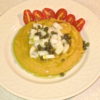
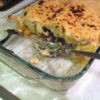
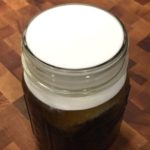


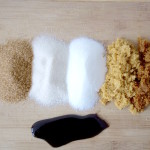
Leave a Reply